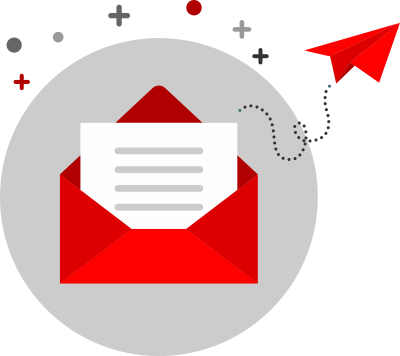Landing pages are an important marketing tool, but what are they? If you have ever asked this question, then read on.
A landing page is a specific web page designed to capture a visitor’s information or prompt them to take a specific action, such as filling out a form, making a purchase, or signing up for a newsletter. It is a standalone web page, created specifically for a marketing or advertising campaign. These pages are an essential part of any marketing campaign and can be a powerful tool for converting visitors into customers.

Creating a successful landing page can be broken down into several key elements:
- Purpose: Your landing page should have a clear purpose and goal, whether it’s to generate leads, promote a product, or offer a free trial. Focus on one primary objective and tailor your messaging and design around that objective.
- Headline: Your headline should be clear, concise, and immediately grab the attention of your visitors. It should communicate your value proposition and encourage visitors to continue reading.
- Design: Your landing page design should be clean, simple, and visually appealing. Use high-quality images and graphics that are relevant to your offer and help to convey your message.
- Copy: The copy on your landing page should be persuasive and focused on the benefits of your offer. Use short paragraphs, bullet points, and headlines to make your content easy to read and scan.
- Call-to-Action (CTA): Your CTA should be prominent and clearly communicate what action you want your visitors to take. Use action-oriented language, such as “Get started” or “Sign up now”.
- Forms: If you’re using your landing page to capture leads, you’ll need a form. Keep your form short and only ask for the information you need.
- Social Proof: Testimonials, reviews, or social media icons can help to build trust and credibility with your visitors.
When creating a landing page, it’s important to remember that simplicity is key. Don’t overwhelm your visitors with too much information or too many choices. Keep your messaging and design focused on your primary goal and use persuasive language and visuals to encourage action.
Here are some tips for creating an effective landing page:
- Define your target audience and understand their pain points and motivations.
- Keep your messaging and design consistent with your brand.
- Use high-quality visuals and persuasive copy to grab your visitor’s attention.
- Make sure your CTA is clear and prominent.
- Test different variations of your landing page to see what works best.
In summary, a landing page is a powerful tool for converting visitors into customers. By following the key elements outlined above and using best practices, you can create a landing page that is effective, visually appealing and helps you achieve your marketing goals. Good luck!


